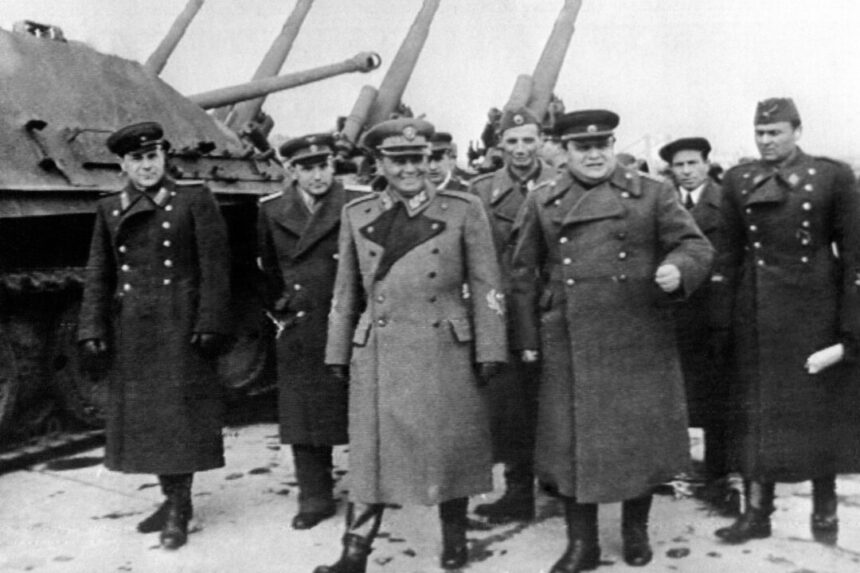Commentary
The 16,000 Canadian soldiers who served in Yugoslavia during the 1990s were not the first. Canadians had deployed to the war-torn Balkans half a century earlier. Most of the latter were not conventional soldiers and had a very different (and, it may be said, more successful) mission from the peacekeepers who came later. It was their success during World War II that, ironically, led to Canadian troops being drawn back into the Balkan morass five decades later.

Bailey was advised by another Canadian, Capt. William Yull Stuart, who had worked in the Canadian Pacific Railway’s immigration department in the 1930s. Born in Bosnia, Stuart worked as a farmer and miner in Manitoba in the 1920s. He then did business in Prague and other Central European cities, eventually as British vice consul in Zagreb in 1939.
Most Yugoslav immigrants arrived in the 1920s and 1930s, working as fishermen, miners, woodsmen, and trappers. A few had military experience, some as communist battalion members in the Spanish Civil War. Two recruits were already privates in the Canadian Army. Of many more volunteers about 30 were chosen for the Special Training School near Whitby, Ontario (Camp X) in the summer of 1942, of whom half were sent to Ramat David near Haifa (in the future Israel) for parachute training, then to the SOE base in Cairo.
Working with his wife (also a doctor) in Britain when the war broke out, Dafoe joined the Royal Army Medical Corps in 1940 and served with the Eighth Army in North Africa. Then he too was recruited by the SOE and parachuted into eastern Bosnia to link up with a Soviet-trained partisan leader in Croatia, Vladimir Popović, for six intense months.
The SOE’s goal was to back the Yugoslav Partisans, irregular forces fighting against the Nazi German occupation.

The Kingdom of Yugoslavia, established at the end of World War I and survived until the German invasion, had King Paul II fleeing Belgrade and seeking refuge in London. The royalist Chetniks were cautious of communist intentions post-war, as they had initially refused to fight against Hitler due to the German-Soviet Non-Aggression Pact. Tito’s partisan strategy involved using terror tactics to provoke German reprisals and manipulate the situation to their advantage. Despite Churchill’s shift towards supporting the communist Partisans, reports of Chetnik ineffectiveness and pro-Nazi leanings influenced the British decision-making. Tito’s vague promises of democracy and freedom clouded the true intentions of the communist forces. The Allied outreach to the communists lacked a strategic long-term vision, leading to the execution of Mihailovic and the persecution of royalists post-war. The enduring belief in Tito’s benign leadership overlooks the ruthless actions of the Communist Party, which ultimately led to ethnic conflicts and Canadian involvement in the Balkans. Please rewrite the following sentence:
“The dog eagerly ran after the ball in the park.”
The dog excitedly chased the ball through the park.
Source link







